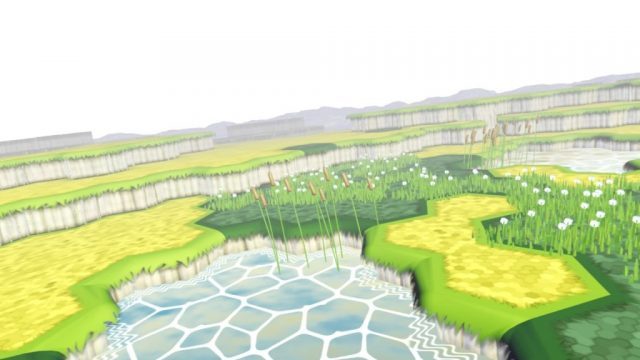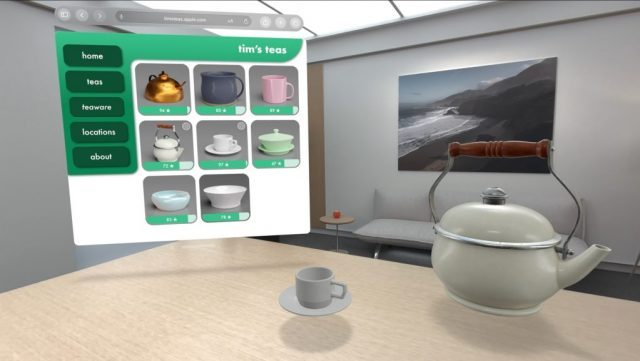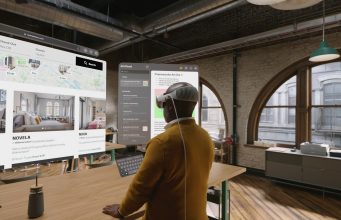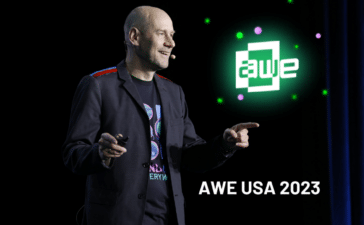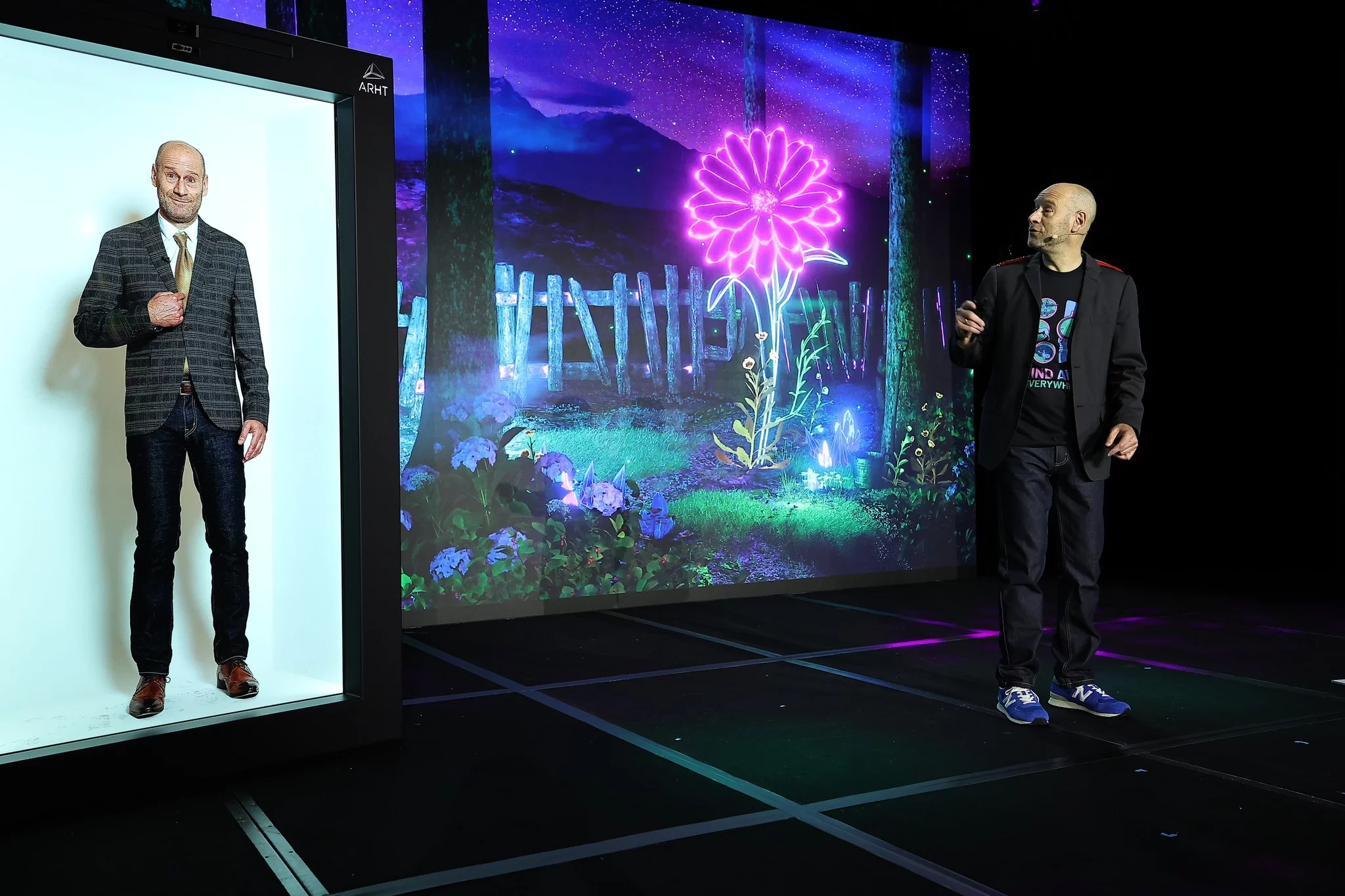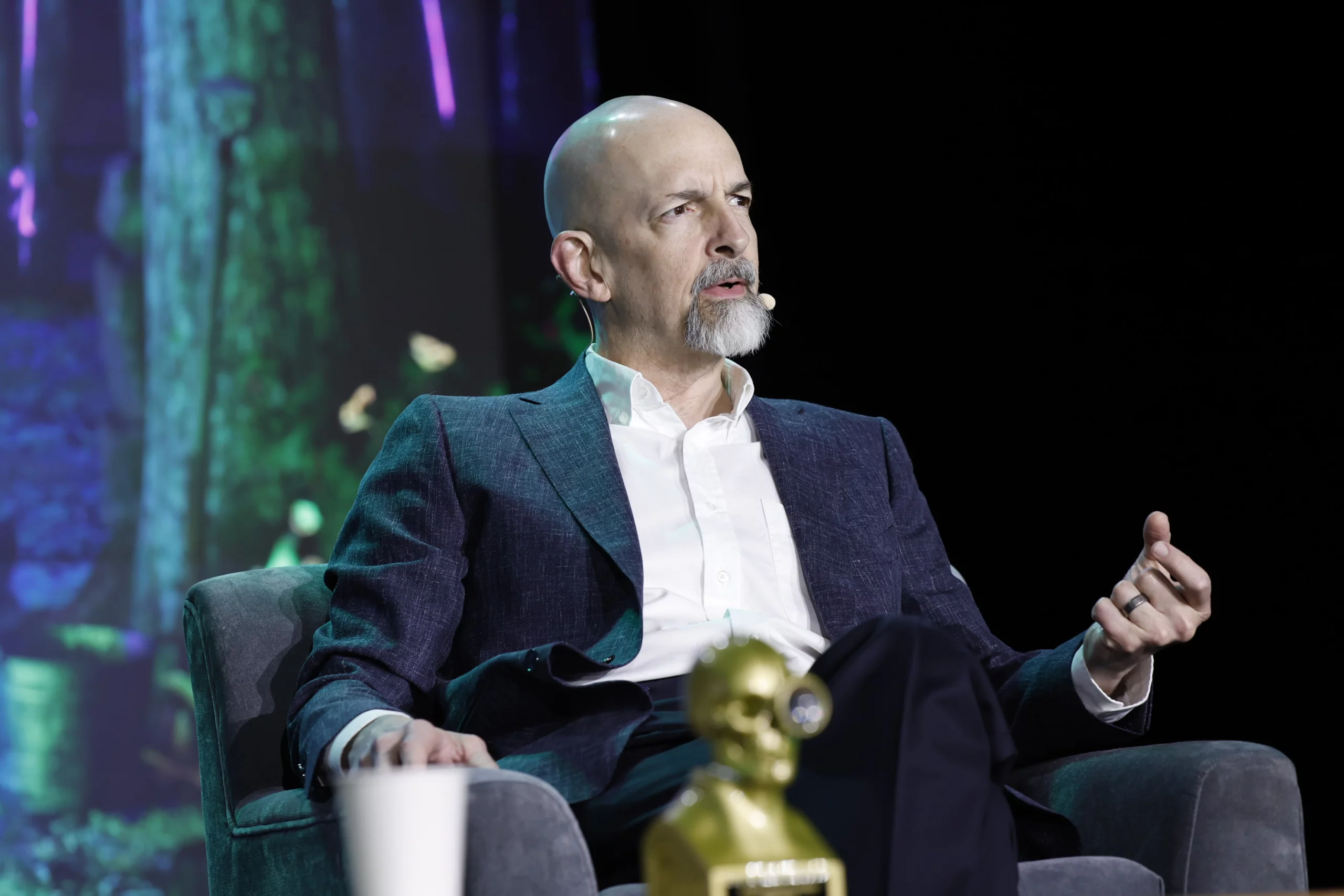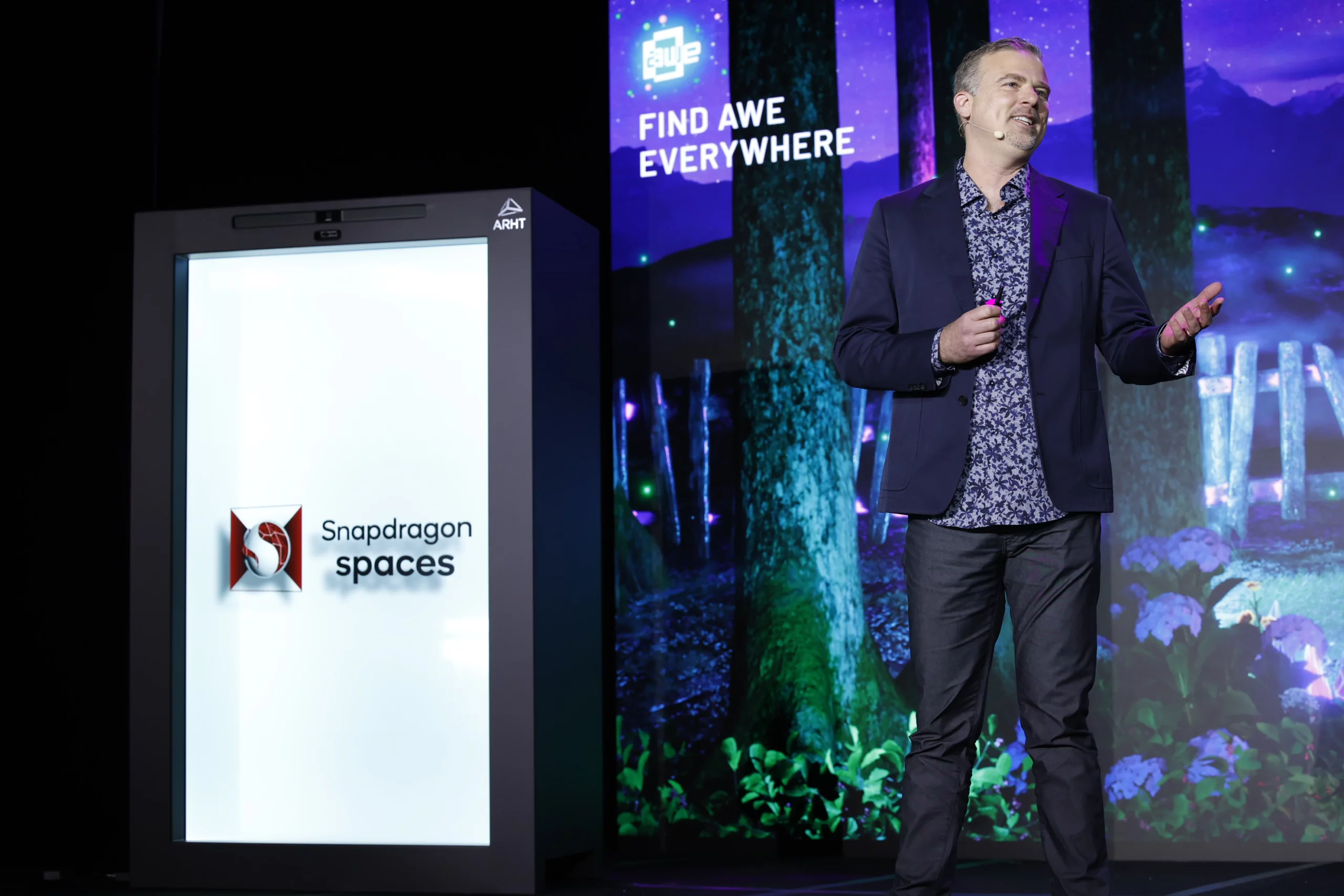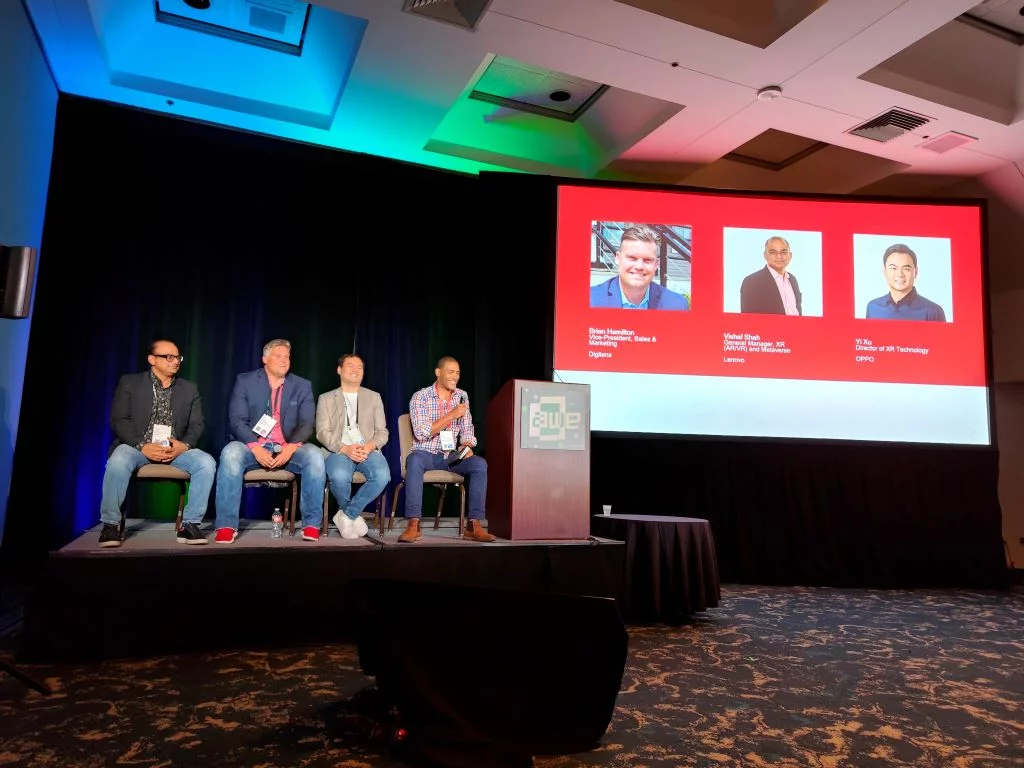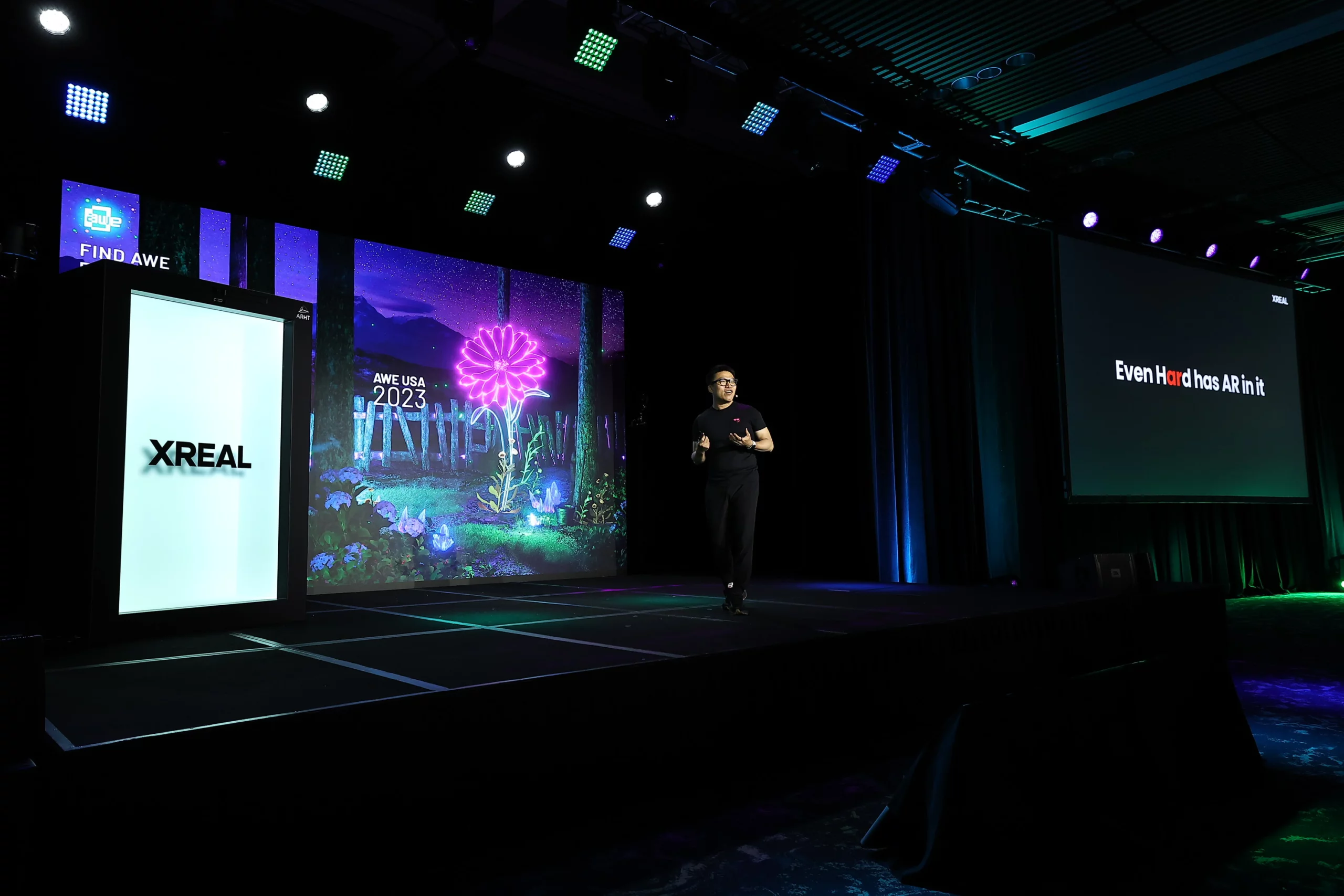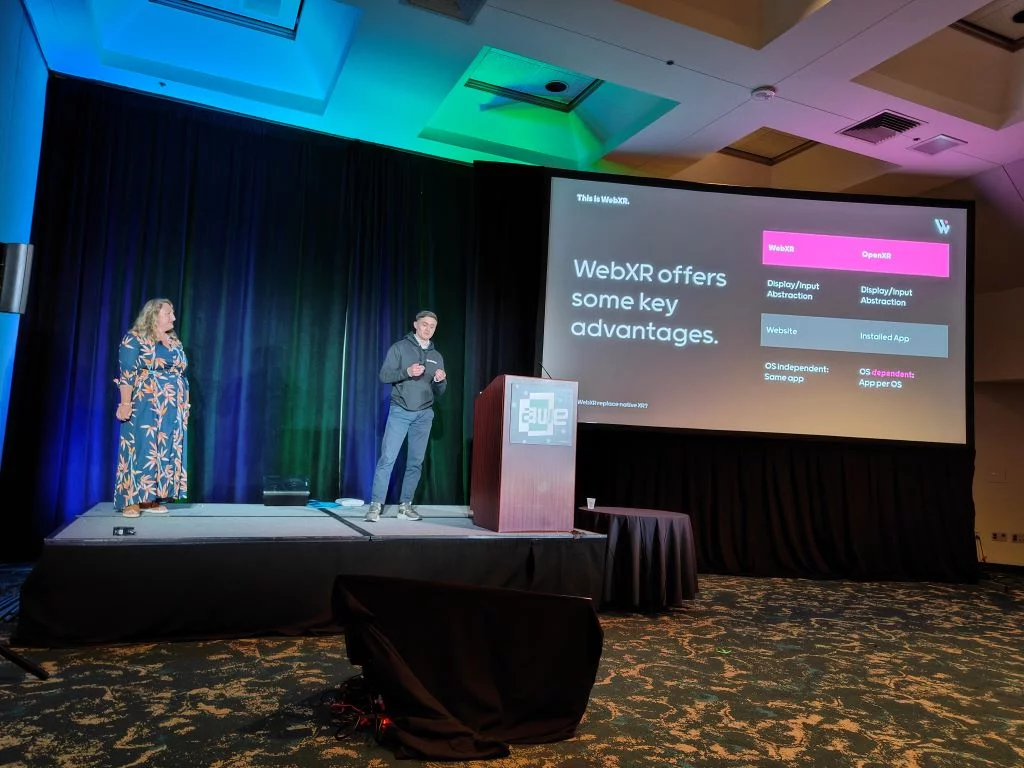The third Annual Polys WebXR Awards took place this weekend. The show was bigger than ever thanks to the first-ever in-person awards and a special event saying farewell to AltspaceVR. However, despite some new categories, the overall category list was shorter this year as a number of previous awards were combined.
A Very Special Polys
The Polys launched during the height of the pandemic. Fortunately, not being in person has a way of not greatly hindering an event that’s already dedicated to WebXR.
The event took place in a bespoke AltspaceVR world, with watch parties on YouTube as well as other remote platforms. However, this time, people were able to get together in person but they did it in a very “metaverse” way.

In-person hosts, producers, presenters, and an audience gathered at ZeroSpace, an XR stage and motion capture studio in Brooklyn. Their actions on the stage were volumetrically captured and displayed in The Polys’ AltspaceVR environment, similar to the launch of Microsoft Mesh. Polys Director Ginna Lambert said that this was the first award show to use the technology.
Further, while winners and honorees had previously received their Polys Awards as NFTs, the team worked with Looking Glass Factory so that this year’s Polys can be presented in a physical frame. This is as physical as The Polys can get, seeing as Linda Ricci designed the award to defy physics.
A Funeral for AltspaceVR
In lieu of a half-time show, Big Rock Creative CEO, co-founder, and producer Athena Demos held a eulogy for AltspaceVR. Virtual attendees lined the aisle to a pulpit adorned with flowers and candles in a ceremony that was heartfelt and a little macabre. Following mourners down the aisle was a coffin containing one of the iconic robot avatars that AltspaceVR used at launch.
“AltspaceVR will always hold a special place in our hearts,” said Demos. “While we say goodbye to the platform that brought us together, we will always remember the connections that we made here.”

While the WebXR team has used AltspaceVR to host The Polys Awards and numerous other town hall events and summits over the last three years, Demos and her team have been using it to bring Burning Man into virtual spaces. There is also a farewell party scheduled by Big Rock Creative to last until the moment that AltspaceVR servers shut down later this week.
The Polys Awards
Where last year’s Polys saw 15 awards categories (not counting personal honors of Lifetime Achievement, Ombudsperson of the Year, and the Community Award), this year’s show had eight categories. That includes some new categories reflecting the advancement of immersive technology even over the last few months.
“We in this community are ahead of a massive shift that we call the fourth industrial revolution,” said host Julie Smithson. “We’re here to celebrate the progress made in WebXR in the year of 2022.”

Entertainment Experience of the Year
When popular culture looks at “the metaverse” they typically equate it with irresponsible escapism – something that people use to avoid the challenges of life. XR producer and director Kiira Benzing pointed out that positive escapism – using XR to take a break from life rather than to neglect it – is one of the medium’s greatest strengths.
“With the immersive medium, you get the opportunity to step into an experience,” Benzing said in presenting the award for Entertainment Experience of the year.
The award went to Project Flowerbed, an immersive gardening experience by the Meta WebXR team. The same project was nominated for Experience of the Year.
Innovator of the Year
Futurewei Technologies Senior Director for VR, Metaverse, Mobile, Apps, and Services Daniel Ljunggren presented the award for Innovator of the Year – previously “Innovation of the Year.” The award went to Sean Mann, CEO and co-founder of RP1, a “persistent, seamless, real-time platform with limitless scalability.”
“To be amongst this many pioneers and innovators in one space is amazing. I think we’re all winners,” said Mann. “I’m super excited to be a part of this.”
Developer of the Year
“Being on the frontier of the immersive web is a pioneering effort,” Yinch Yeap said in presenting this award. “It still feels like the Wild West.”
And, like in the Wild West, many of the biggest names are pseudonyms. This is certainly the case for this year’s winner, known only as “Jin.” Jin appeared as a similarly anonymized avatar to accept the award.
“I am a huge believer in WebXR,” said Jin. “I stand on the shoulders of giants. I am very humbled and I owe this to everyone building the immersive web.”
Game of the Year Award
“Game of the Year” is a broad category as most WebXR experiences are arguably “games” – and that’s what makes the award so important according to presenter Rik Cabanier, a software engineer at Meta. The award went to the mini golf game Above Par-Adowski by Paradowski Creative.
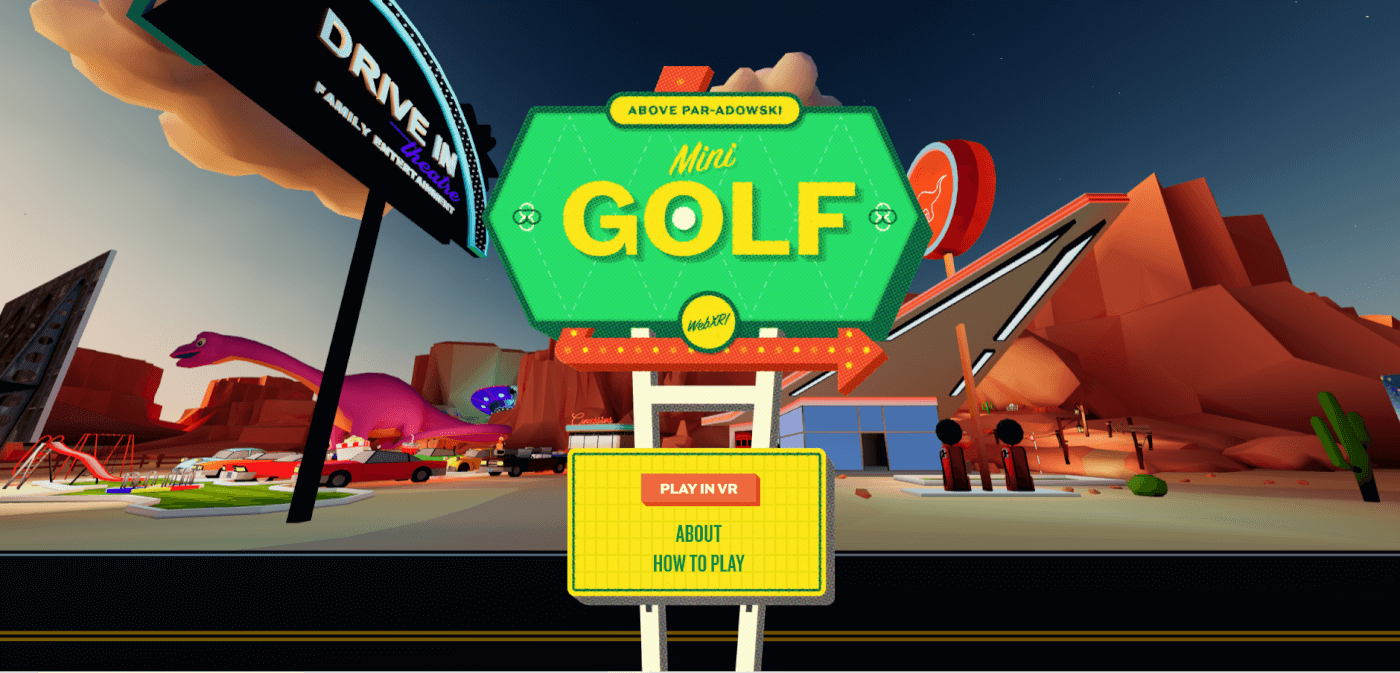
Accepting the award was Paradowski Creative Director of Emerging Technology James Kane, who called WebXR “the best expression of the metaverse there is.” Kane was also a nominee for Innovator of the Year.
“I want to thank our team,” said Kane. “And thanks to the Meta team for creating an amazing WebXR platform as well as for directly supporting us.”
AR Passthrough Experience of the Year
“Where, for the past years AR experiences were mainly relegated to phones, now passthrough devices are everywhere,” said presenter Lucas Rizzotto. This allows more passthrough experiences on devices available today, but it also allows more impactful development of experiences for future AR devices.
The award went to Spatial Fusion by PHORIA and Meta, an experience which sees players repairing a damaged spaceship. Ben Ferns, a consulting developer, was one of those accepting the award.
“Huge thanks to the entire team – it was a huge team effort,” said Ferns. “It’s just exciting to see the promise of WebXR and passthrough.”
WebXR Platform of the Year
In presenting the award for WebXR Platform of the Year, Prestidge Group founder and CEO Briar Prestidge pointed out that every WebXR platform has strengths and weaknesses – something that she learned a lot about while famously spending “48 hours in the metaverse” for a documentary.
The award went to Croquet, “the operating system of the metaverse,” which also took home the Startup Pitch Competition Auggie Award last year. The award was accepted by The Polys on behalf of the organization.
Education Experience of the Year
The “digital divide” describes accessibility differences exacerbated by the benefit of technology only being available to those who can afford the required hardware or programs. WebXR is vital to the future of education because it lowers the cost of access for immersive experiences, according to Silicon Harlem founder Clayton Banks in presenting this award.
Banks presented the award to Prehistoric Domain, an immersive tour that brings learners up close and personal with virtual representations of dinosaurs and other extinct species. Accepting the award was creator Benjamin Dupuy. Prehistoric Domain was also nominated for Experience of the Year.
“WebXR opens so many possibilities – it’s very exciting,” said Dupuy in accepting the award. “We are all pioneers of the immersive web here and I think we’re at the beginning of an era where the line between illusion and reality is very thin.”
Experience of the Year
Demos returned to the stage – this time in volumetric capture instead of in her AltspaceVR avatar – to present the award for Experience of the Year to Spatial Fusion.
This was the experience’s second win of the night. The experience was also a nominee for Entertainment Experience of the Year. Ferns returned to accept the award and pointed out that the code has been open-sourced.
“I’m really excited to see what other people do with this now that it’s freely accessible,” said Ferns. “It’s an exciting time for trying out all of these new UX opportunities.”
This Year’s Honorees
In addition to the nominated awards categories, there are three honors categories. The honoree in each category is named by the previous year’s recipient rather than by a panel of judges.
Community Honor
Last year’s community honoree Trevor Flowers named Evo Heyning for this year, specifically for her work with the XR Guild, the Open Metaverse Interoperability Group, and [email protected].
“Whether it’s exploring AR, exploring 3D objects and NERFs, exploring interoperability of avatars and [email protected] specifically, being a part of these experiences with [Sophia Moshasha], with Ben [Irwin], with Julie [Smithson], with everyone – it’s meant so much to me,” Heyning said in accepting the honor.
Ombudsperson of the Year
The Ombudsperson of the Year Honor is specifically set up to recognize people working on the social and human aspects of WebXR. Last year’s honoree, Avi Bar-Zeev said that he was “honored to hand off the title” to Brittan Heller, a lawyer who introduced the term “biometric psychography” to describe mental and emotional profiling through an XR user’s personal data.
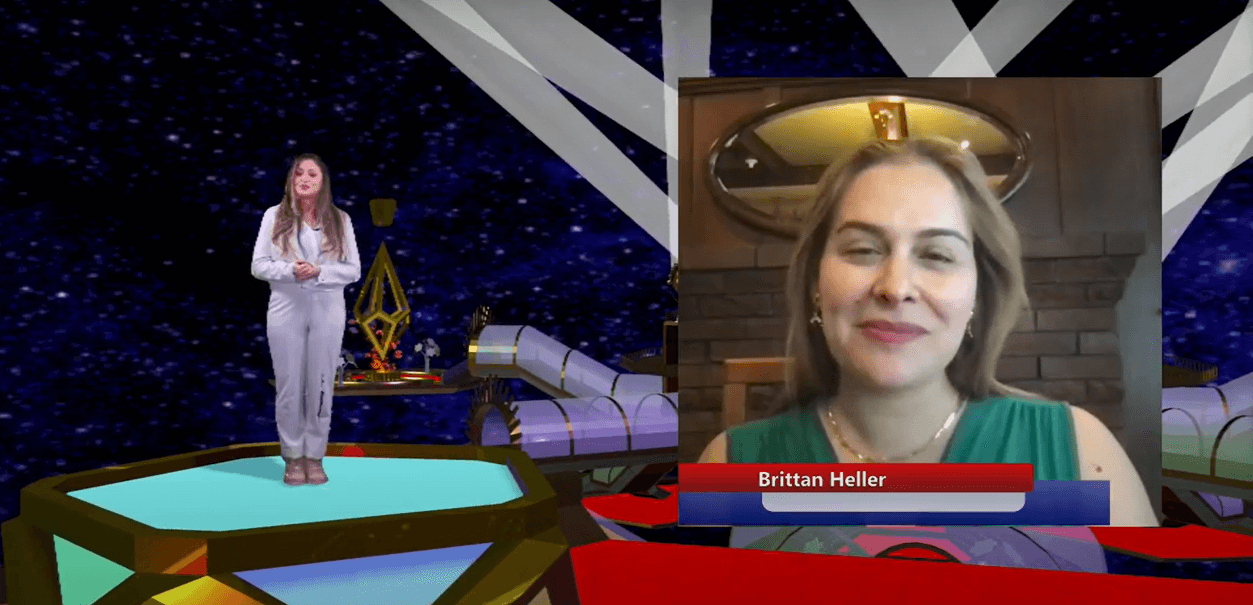
“I’d like to thank Avi, Kent [Bye], and everyone at the XR Guild and the Virtual World Society, and everyone in the XR community,” said Heller. “I appreciate how everyone here is so involved in making the community so welcoming to everyone.”
Bye, referenced by Heller in her acceptance speech, is a leading XR ethicist, a strong speaker in the nascent field of biometric psychography, and the first-ever recipient of this award.
Lifetime Achievement Honor
Last year’s Lifetime Achievement Honoree Brandon Jones selected Patric Cozzi for this year’s honor. Cozzi is the CEO of Cesium, but he was selected for this award because of his work co-creating glTF as a contributor to the Khronos Group.
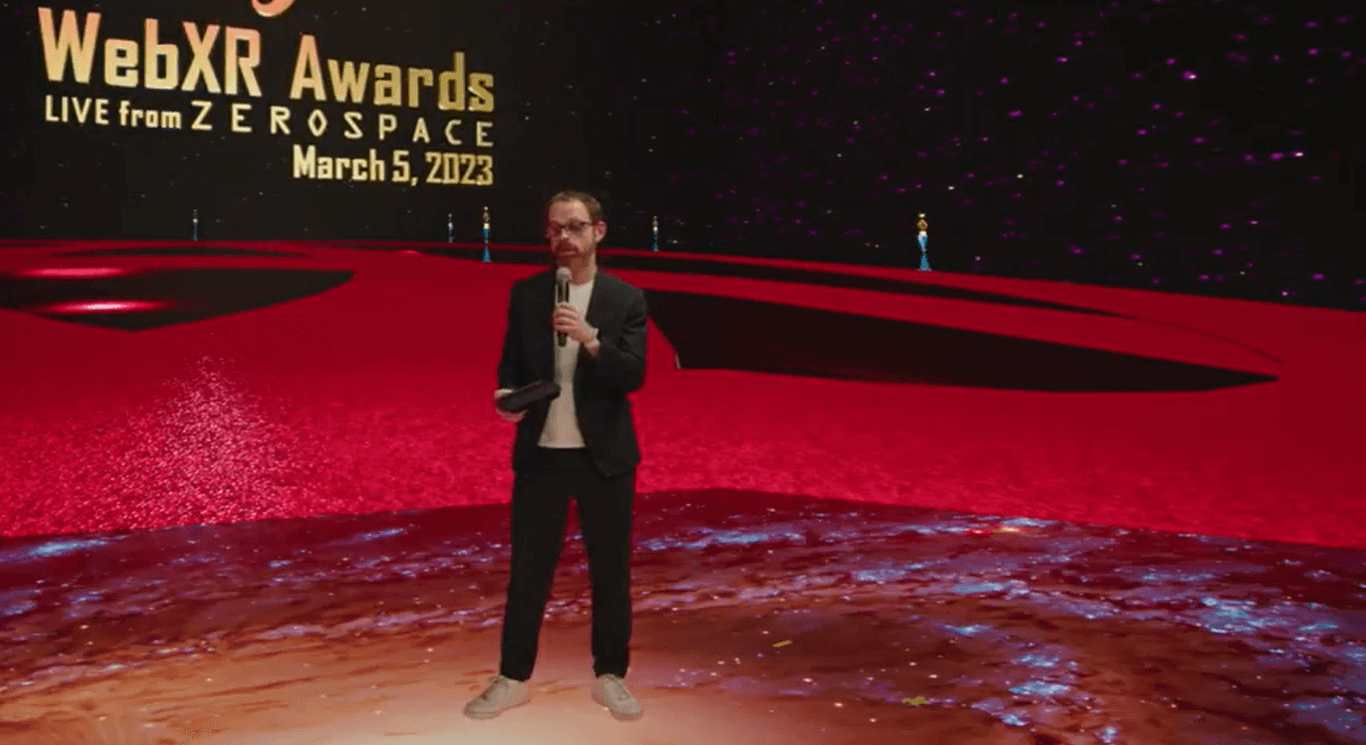
“I’m really honored for glTF and the community,” said Cozzi. “It was a grassroots effort for years.”
Looking Forward to the Future
This was the last year that The Polys WebXR awards will be hosted in AltspaceVR, but the team is still looking forward to next year’s event. While they haven’t yet said what platform (or platforms) it will take place on, there’s a full year to figure that out. And a year is a long time in this industry. If you missed this year’s ceremony, you can find the recording here.
